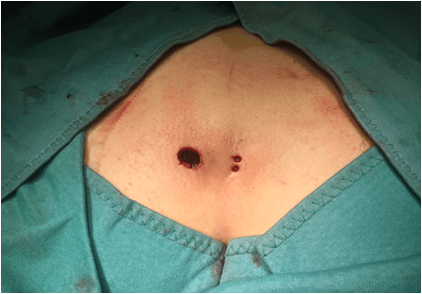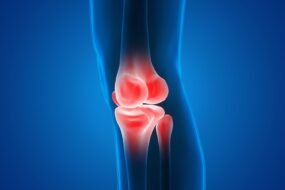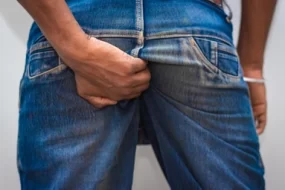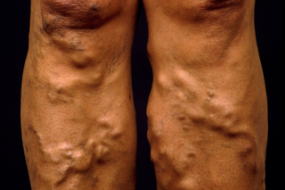
A pilonidal cyst is a fluid-filled sac that forms in the sacrococcygeal area. It is associated with tufts of hair, granulation tissue, and fibrosis. It usually presents at puberty, when there is increased hair growth and sebaceous gland activity.
Men are affected more than women, especially those with abundant hair in the gluteal fold of the buttocks.
Etiology
- It May be either congenital or acquired.
- Congenital–pilonidal cysts are remnants of the medullary canal or represent faulty development of the sacrococcygeal raphe, leading to dermal inclusions
- Acquired – may be caused by irritation, infection, and trapping of hair in the sacrococcygeal tissues
Clinical features
- It is usually asymptomatic unless infected
- Infected pilonidal cysts present with :
- Pain
- Swelling
- Erythema
- Drainage of pus
Differential diagnosis
- Sacral meningocele
- Perianal abscess arising from the posterior midline crypt
- Furuncle
- Hidradenitis suppurativa
- Carbuncle
Treatment
- Complete excision of the cyst and, if present, the sinus
- Antibiotics if infected
- Incision and drainage if an abscess is formed
- Careful follow-up
- The patient should be asked to keep the area dry and clean and to shave the skin to prevent hair entrapment.












